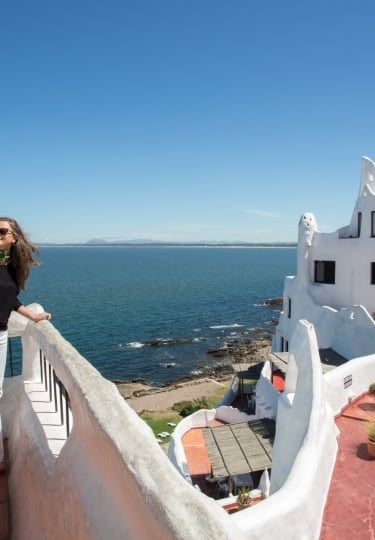Punta del Este is a resort town on the coast of Uruguay with an international reputation for glamorous nightlife. There’s much more to it than nightclubs and its 20 miles of beaches, however.
While warm sands remain a major attraction, the many small fishing villages along the coast are also havens for artists and boltholes for celebrities. The city itself is home to many new residents attracted by the climate, quality of life, and Uruguay’s political stability.
On the streets and beaches, you’ll find a glamorous mix of bronzed hedonists and wealthy holidaymakers. Together, they help create a cozy, relaxed city full of high-end restaurants and world-class galleries and museums.
Why Visit Punta del Este?
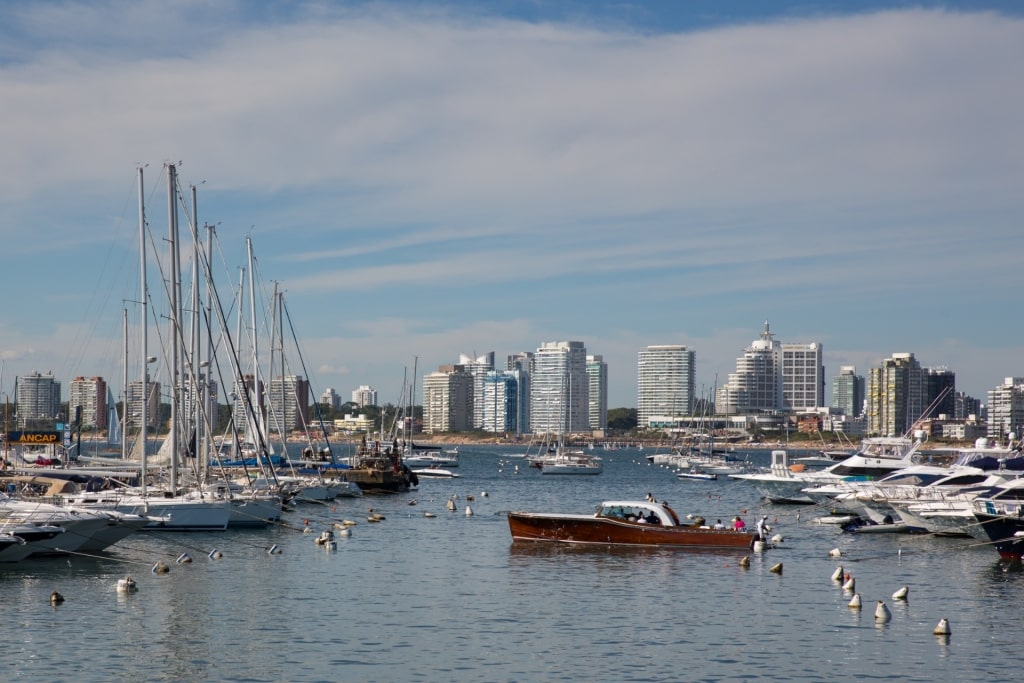
Punta del Este Marina
The most popular beach resort in Uruguay, Punta del Este attracts many of its visitors from neighboring Argentina and Brazil. Given the reputation both those countries enjoy for their exuberant enjoyment of life, maybe that’s all you need to know about this “Pearl of Uruguay”.
Gorgeous beaches and temperatures that range from 77-90ºF during the southern summer (late December to February) are the first draws. Add in the famous nightlife that attracts top international DJs and you have 24 hours of fun.
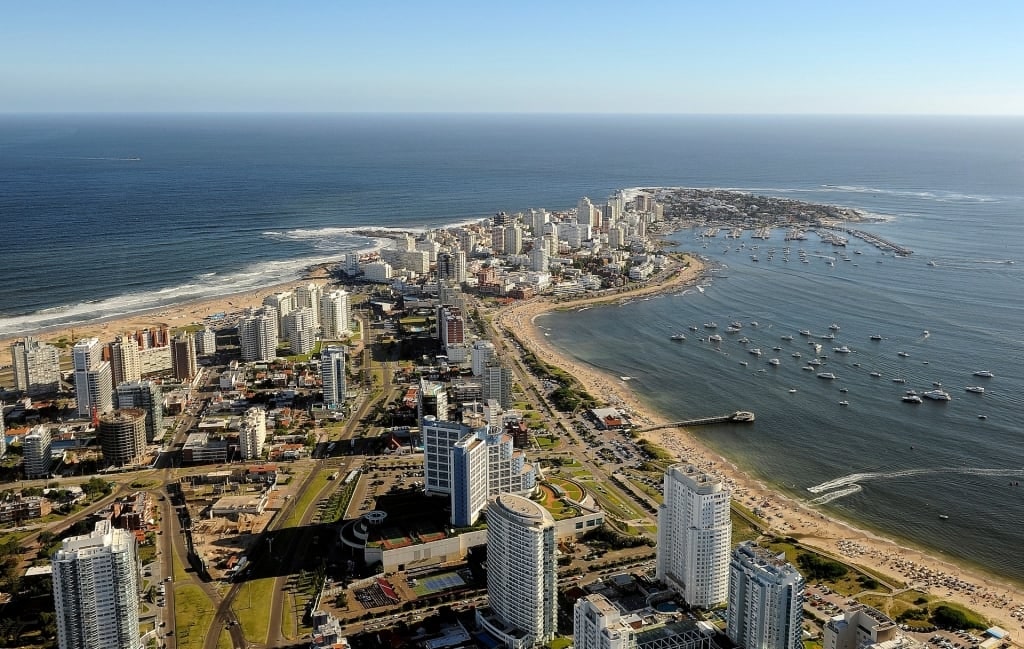
Punta del Este
Many of its visitors have gone on to make Punta del Este a second, or first, home. In Uruguay, foreigners enjoy exactly the same property rights as any citizen.
This foreign investment saw the skyline transformed with sea-view apartments and hotels. With them came restaurants, upscale shops, and a rich cultural life that has transformed this popular city into an energetic, creative community.
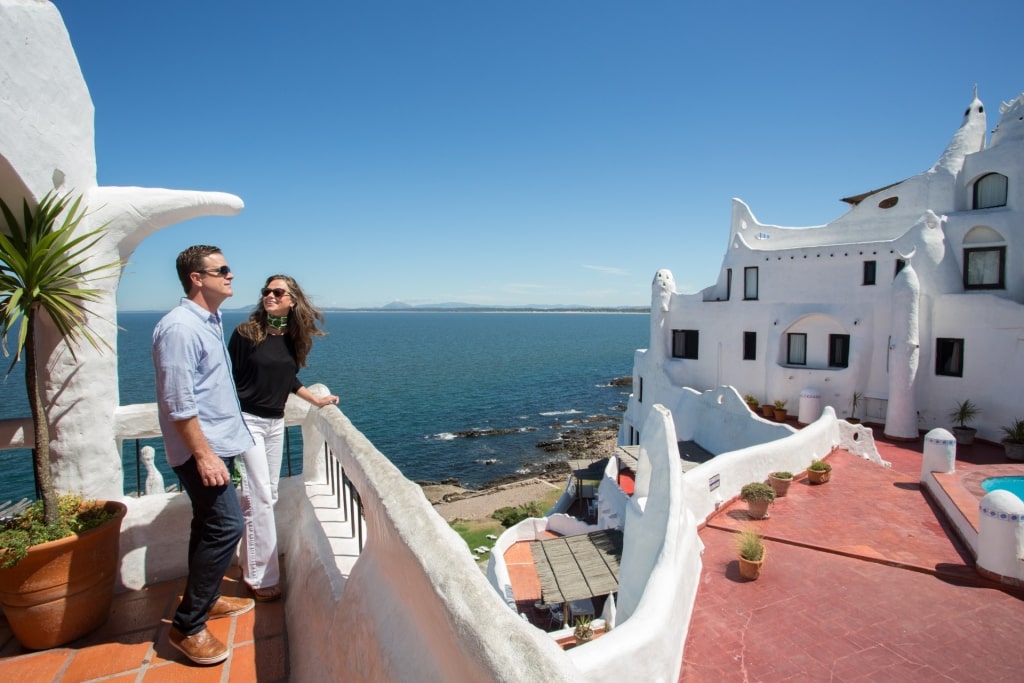
Casapueblo
While Punta del Este is undeniably famed for its glamorous nightlife, there’s plenty to do while the sun shines. Days are for dozing on the beach, browsing the high-end shopping, visiting museums, and enjoying some of South America’s finest restaurants.
For the more active, choices range from whale-watching trips and surfing to horseback riding and golf. Inland, you can visit a vineyard on a wine tour or just enjoy the beauty of the rolling Uruguayan pampas.
Whether you are looking for a beach, an art gallery or just a place to shop, eat and have fun, Punta del Este has something for all.
History & Culture
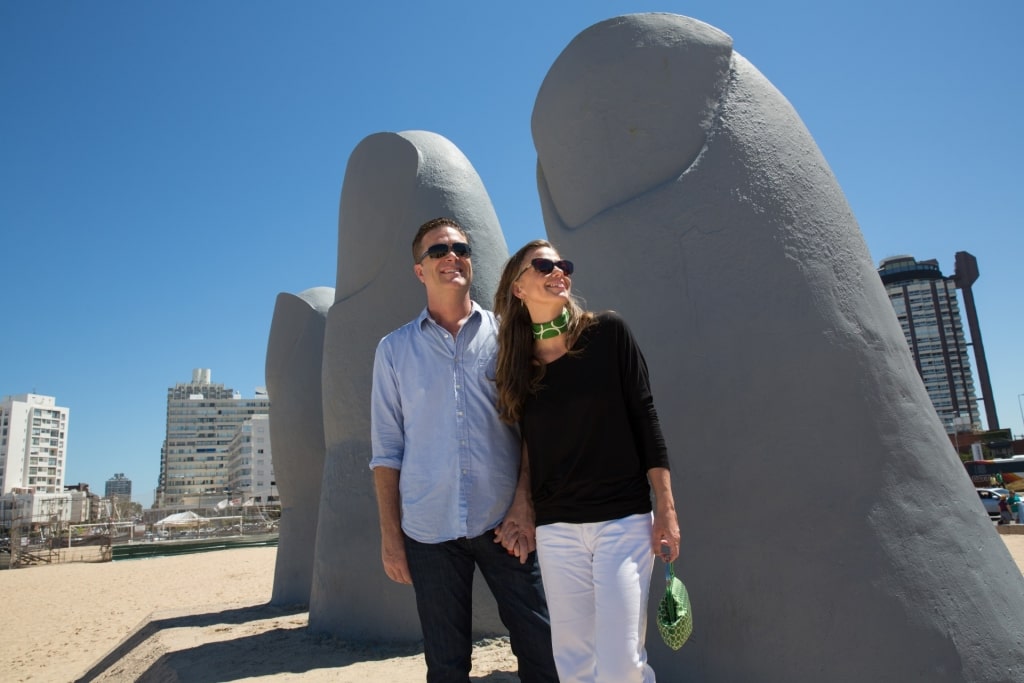
“Hand”, Brava Beach
To understand Punta del Este, make your way to the giant “Hand” sculpture on the eastern Brava Beach, one of the best beaches in South America. Few visitors appreciate that this symbol of the town is also a warning of the high waves on this Atlantic Coast.
A short distance northwest across the peninsula are the relatively sheltered waters of the River Plate. An incredible 135 miles wide at this point, it’s easy to forget the churning waters are still a river.
This promontory guards the river’s entry into the ocean. Its strategic importance was recognized by the Spanish as early as by 1755 when the town of Maldonado was founded.
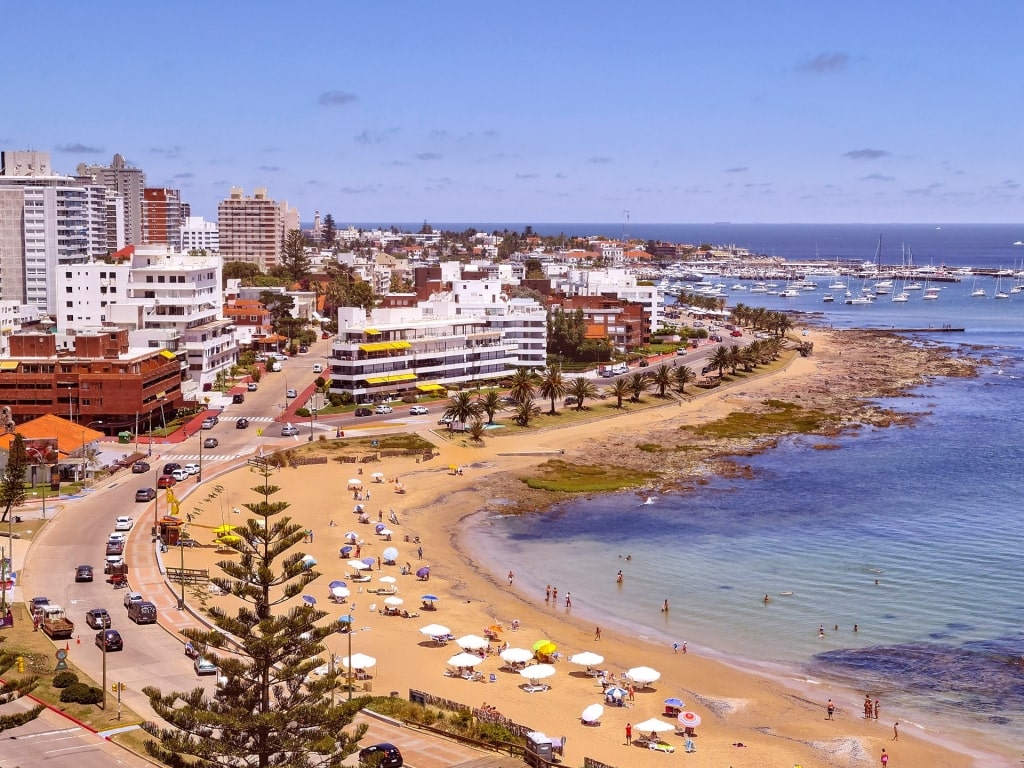
Maldonado
Maldonado and Punta del Este have now merged into almost one city but for centuries this “eastern point” was a wasteland of sand dunes. Once the site of a tile factory and then a whaling station, it rebranded itself as a resort in 1907.
The first visitors were families from Argentina and Montevideo, but many thousands now come from Brazil and much further afield. Buzzing in high season, it reverts to a much quieter town when the crowds start leaving in March.
Wildlife & Nature
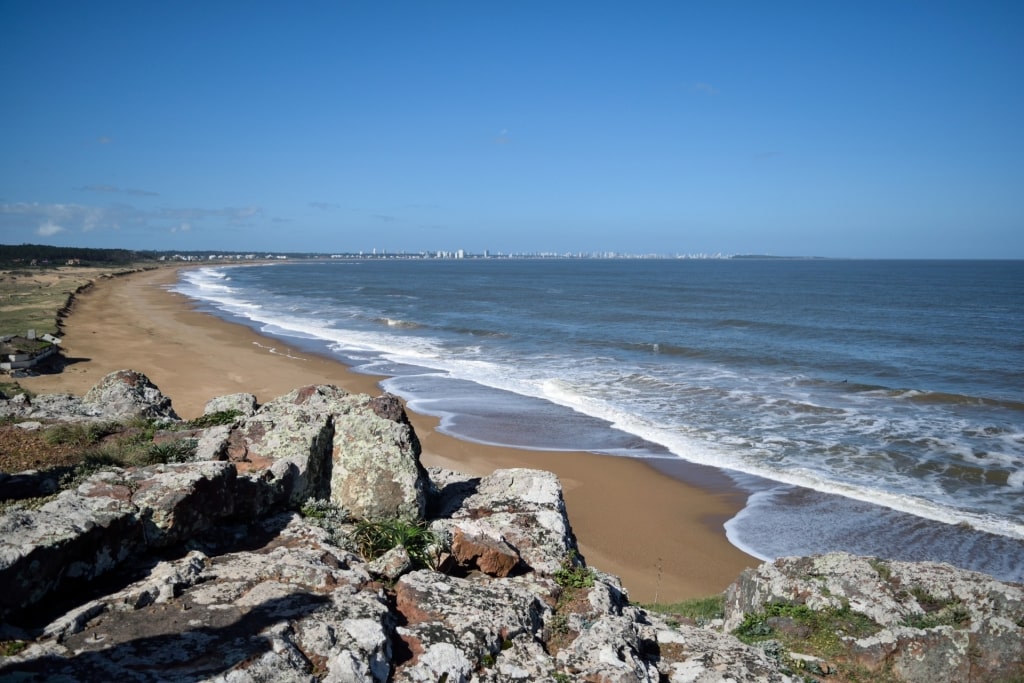
Punta Ballena
Part of Punta del Este’s charm is that it’s a quiet corner of one of the most laid-back countries in South America. It is still relatively remote, being surrounded by nature, with vast space of land, water, and sky.
Punta Ballena next to Punta del Este was, as the name suggests, a home for whalers chasing the southern right whale. The population collapsed due to excessive hunting but the whales are fortunately now returning.
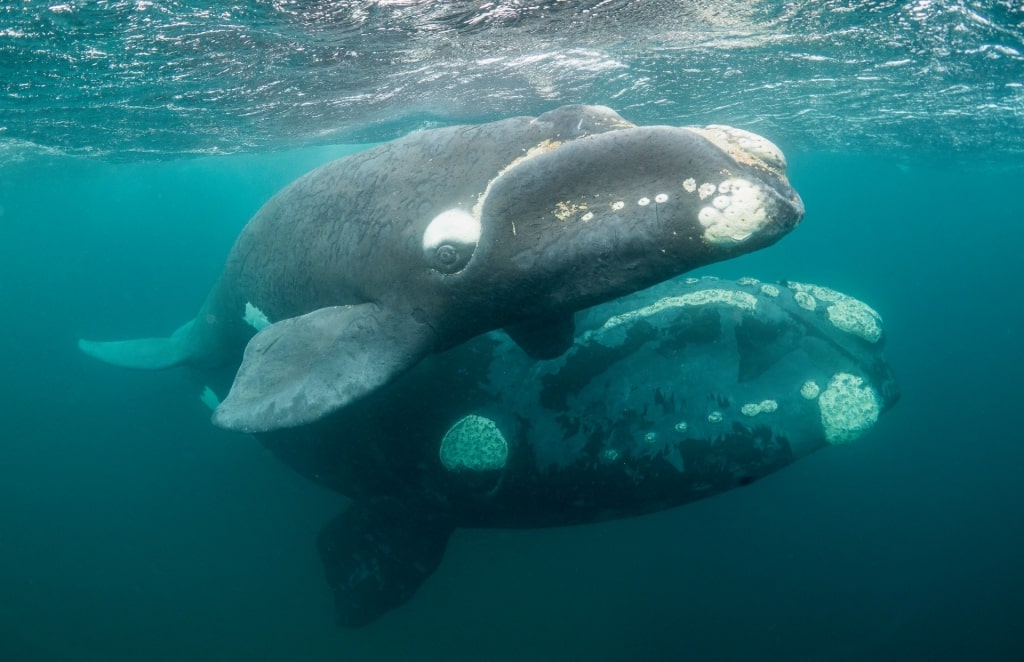
Southern right whale
These ocean giants visit from June through November to breed in the warmer waters. Join a whale-watching boat tour, with the possibility of also seeing dolphins or an orca.
You can sometimes watch whales from the beach as well. To improve your chances, Punta Salinas is best for spotting one from land.
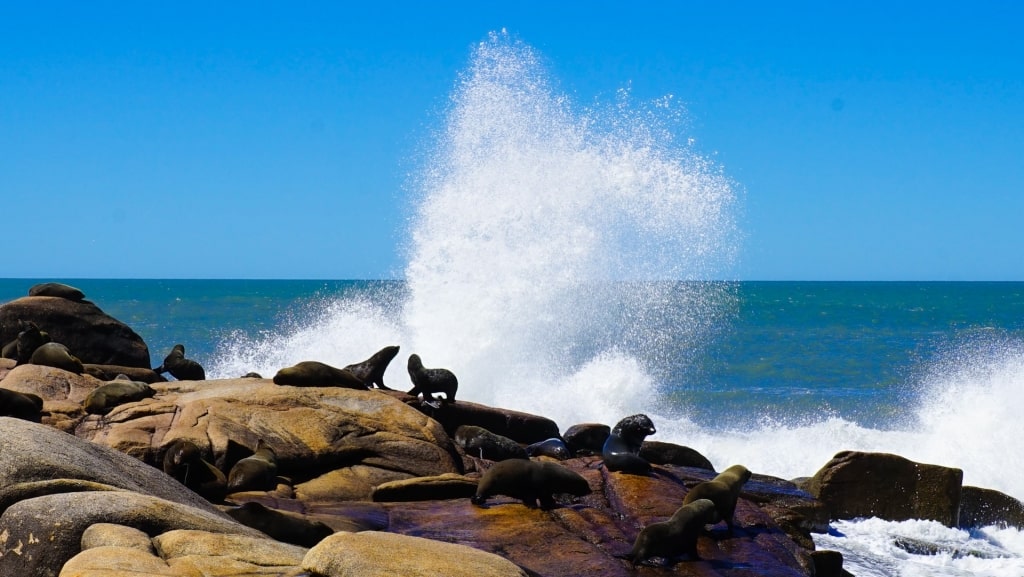
Isla de Lobos
On Isla de Lobos (“Island of Wolves”) you will find the largest colony of sea lions in South America. (If the island’s name confuses you, remember that one Spanish name for sea lion is lobo marino: “sea-wolf”.)
Along with nearby Gorriti Island, Isla de Lobos forms a nature reserve protecting around 250,000 sea lions. Its 20-foot lighthouse was one of the tallest in the world when it was finished in 1907.
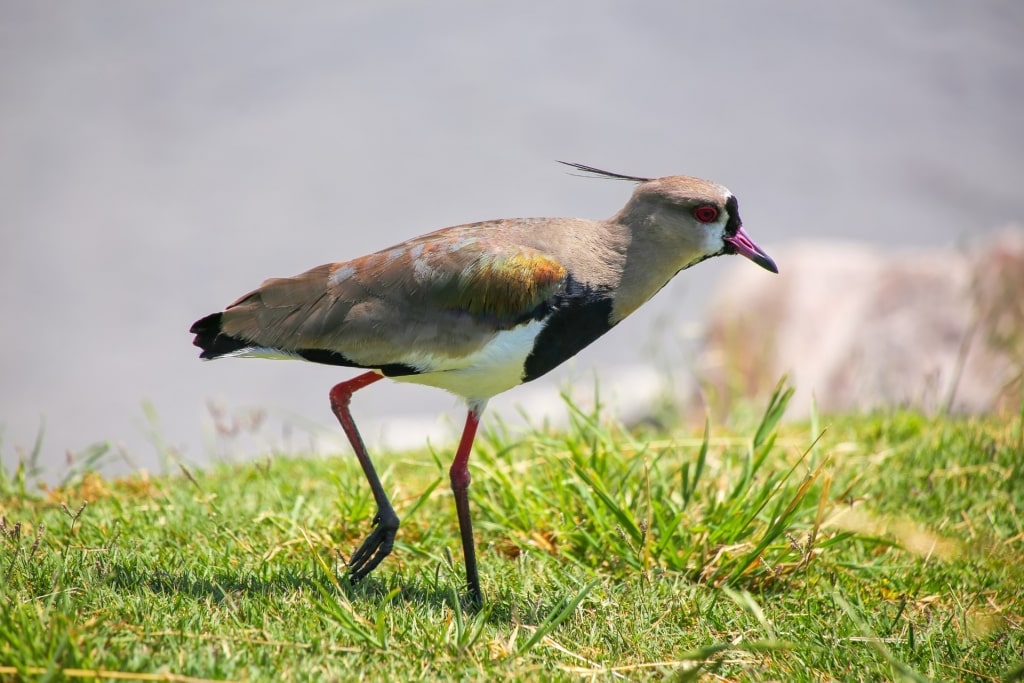
Southern lapwing
Birdwatchers will also enjoy the range of South American birds, given the many different environments along this coast. Look out along the River Plate for the abundant Southern lapwing (“tero”), the national bird of Uruguay—and its rugby team.
Tips for Visiting Punta del Este
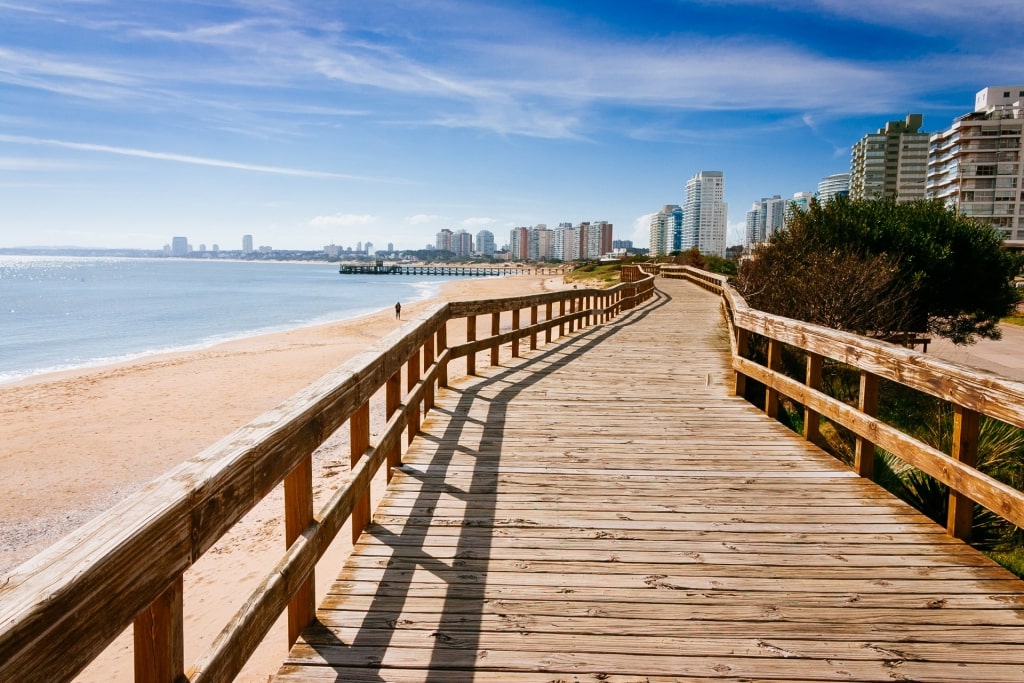
Punta del Este
Punta del Este is a small city, with a permanent population of only 10,000. You can walk around the entire peninsula in about two hours.
However, with so many other appealing attractions nearby, you may prefer to rent a car or join one of the many tours. Casapueblo at Punta Ballena is a must-see on a first visit, while sights such as MACA (Museo de Arte Contemporáneo Atchugarry) in Maldonado will repay repeat viewings.
Things to Do & Attractions in Punta del Este
Shake “The Hand”
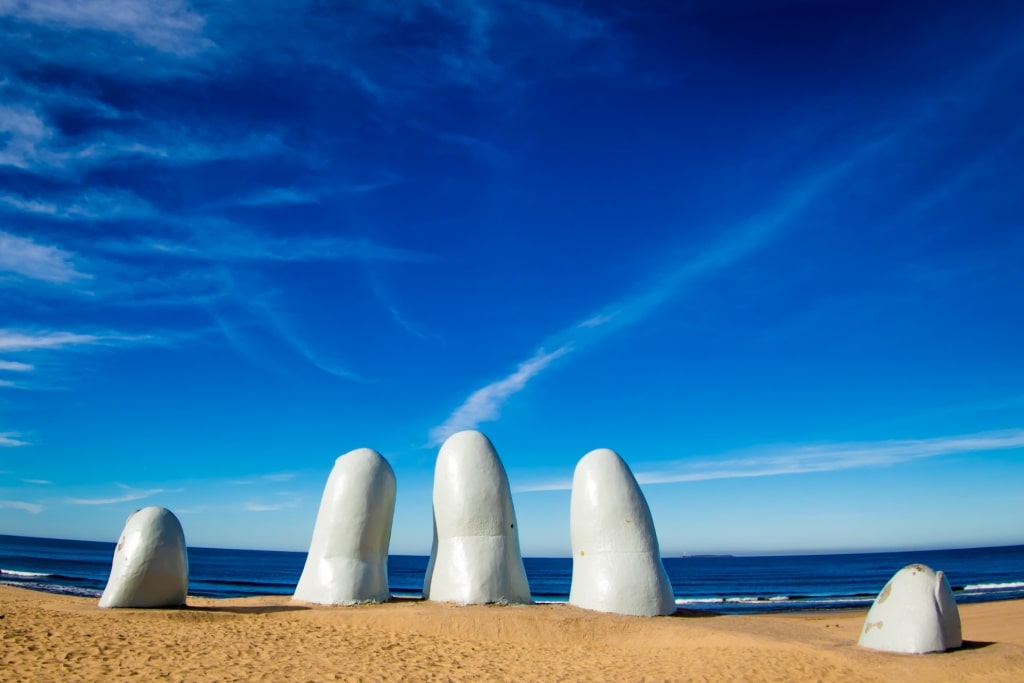
“The Hand”, Playa Brava
This sculpture of a hand buried in the sand of Playa Brava is a Punta del Este landmark. It’s by Chilean artist Mario Irarrázabal and is nicknamed “Los Dedos,” meaning “The Fingers”.
Rather than a hand emerging from the sand, it actually represents a struggling swimmer. It’s a warning about the waves that can lash this Atlantic Ocean shore.
Surf on Playa Brava
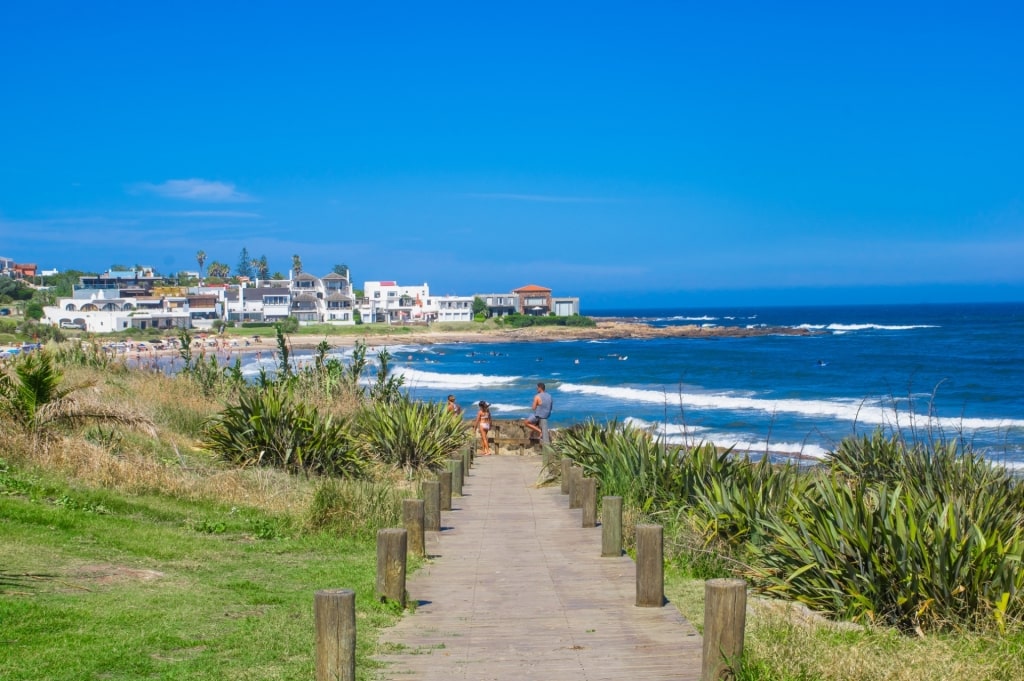
Playa Brava
Playa Brava, one of Uruguay’s best beaches, is much favored by surfers and paddle-boarders. You can take lessons on the beach here or on next-door Playa el Emir.
The many hotels along here cater to sunbathers with drinks and snacks. In summer it is lined with sunbathers and those watching events such as volleyball or surfing tournaments.
Unwind on Playa Mansa
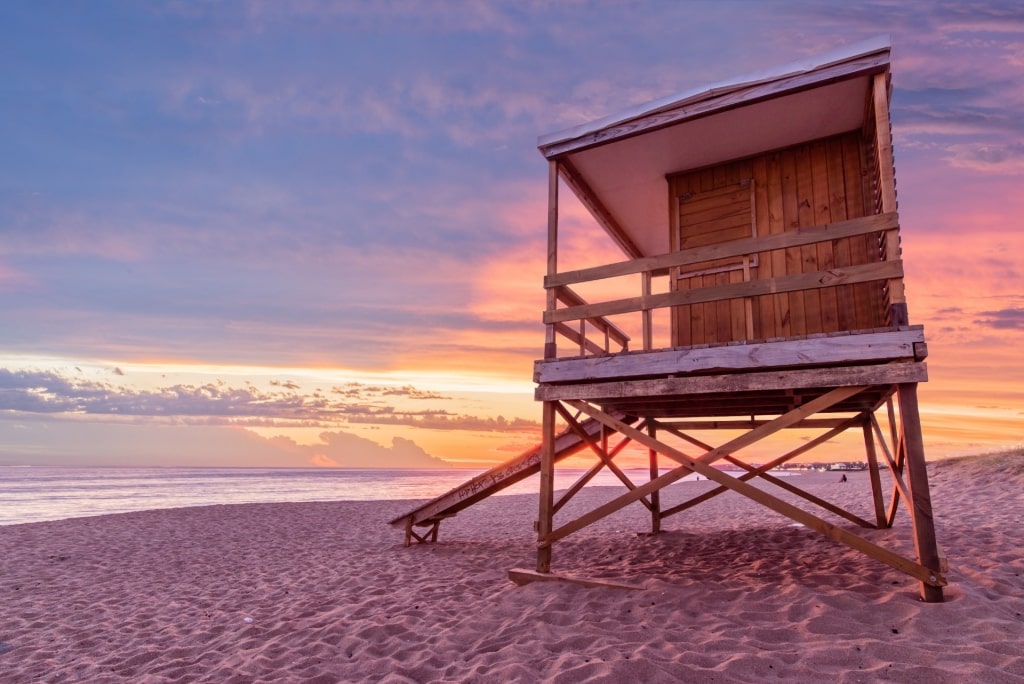
Playa Mansa
Mansa means “calm” in Spanish, and its water is a contrast to Playa Brava (“fierce”). As well as being child-friendly, it’s usually warmer than on the ocean side of the peninsula.
Enjoy one of the best sunsets in the world at the west-facing beach, adored by sun worshippers. Kick back and work on your tan, snack at the food kiosk, and watch the Argentines and Uruguayans enjoy their maté sharing rituals.
See La Barra Bridge
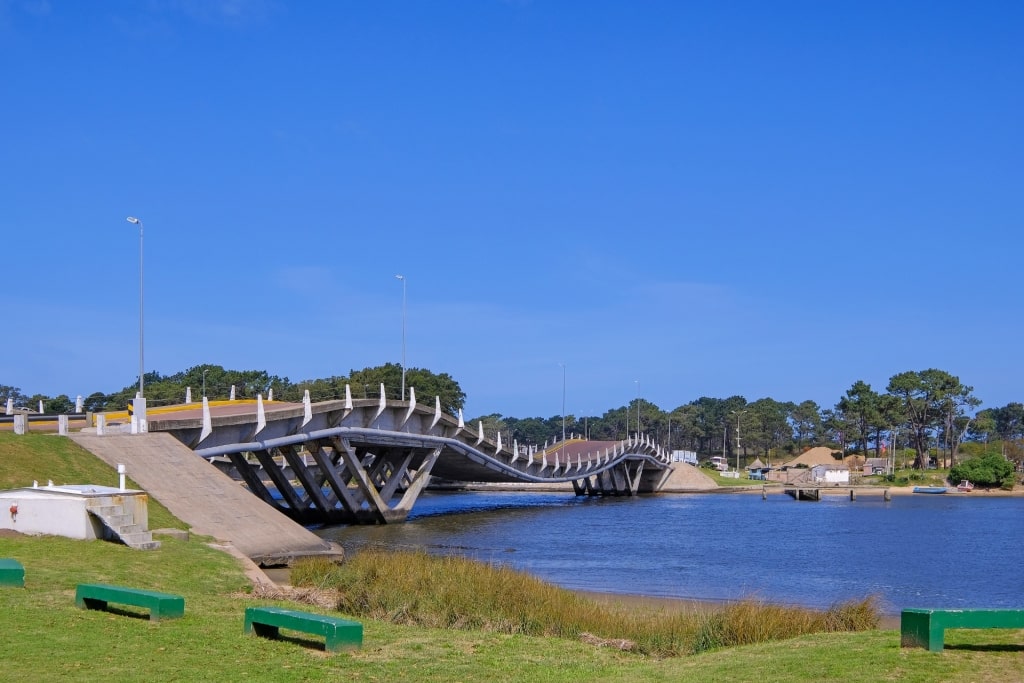
La Barra Bridge
This twin wave-like bridge on the Maldonado River is another city landmark. Officially, it’s the Leonel Viera Bridge, named after its Uruguayan designer, who had no formal engineering qualifications.
As the crossing point to the La Barra nightclub area, the bridge can have traffic jams at 2 am. That still bemuses old-timers who remember when their town was a sleepy backwater with dirt roads.
Explore La Barra
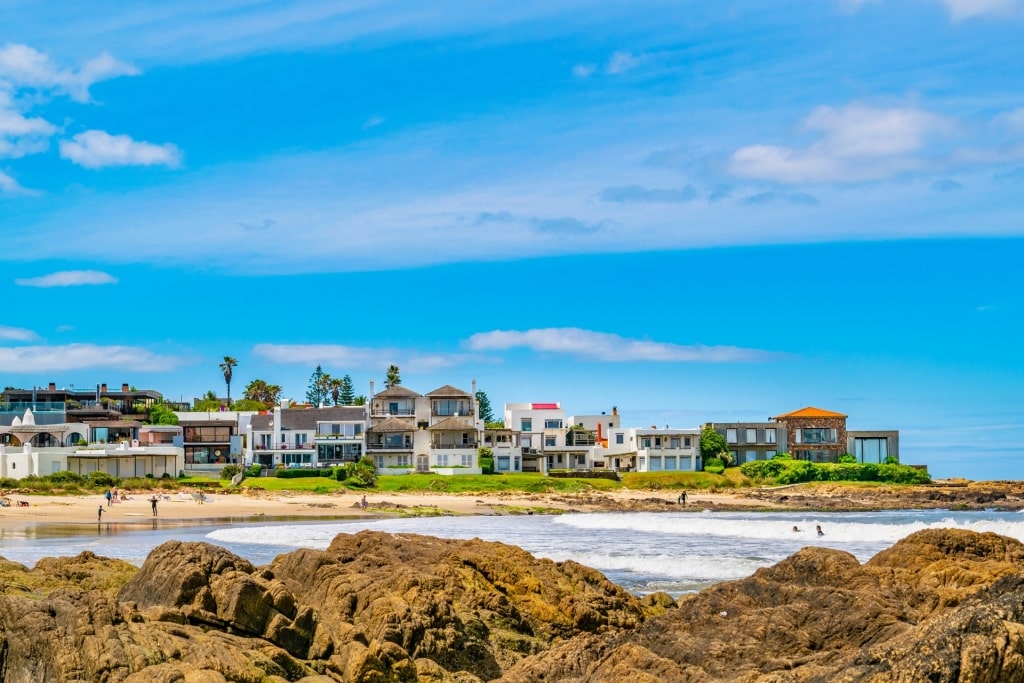
La Barra
This former fishing village has now effectively merged into Punta del Este. However, with its upmarket beach houses and art galleries, it still has an exclusive air as a hangout for Argentine soap stars and other celebrities.
It’s also the place for laid-back bars and romantic fish restaurants. Overall, its scene is a bit more relaxed than Punta del Este.
Stroll in the Lussich Arboretum
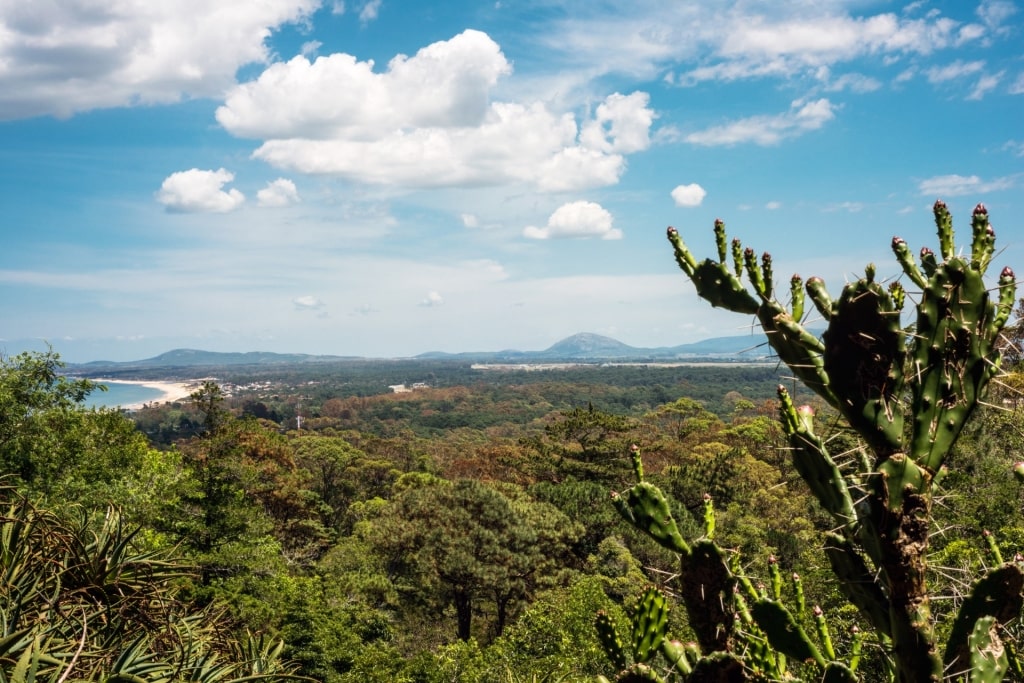
Lussich Arboretum
When settler Antonio Lussich started planting trees in the late 1890s to protect his sandy land from the east wind, little did he know what he had started. Imported species from all over the world went wild, and now form the backbone of a leafy botanic garden.
Be Amazed by Casapueblo
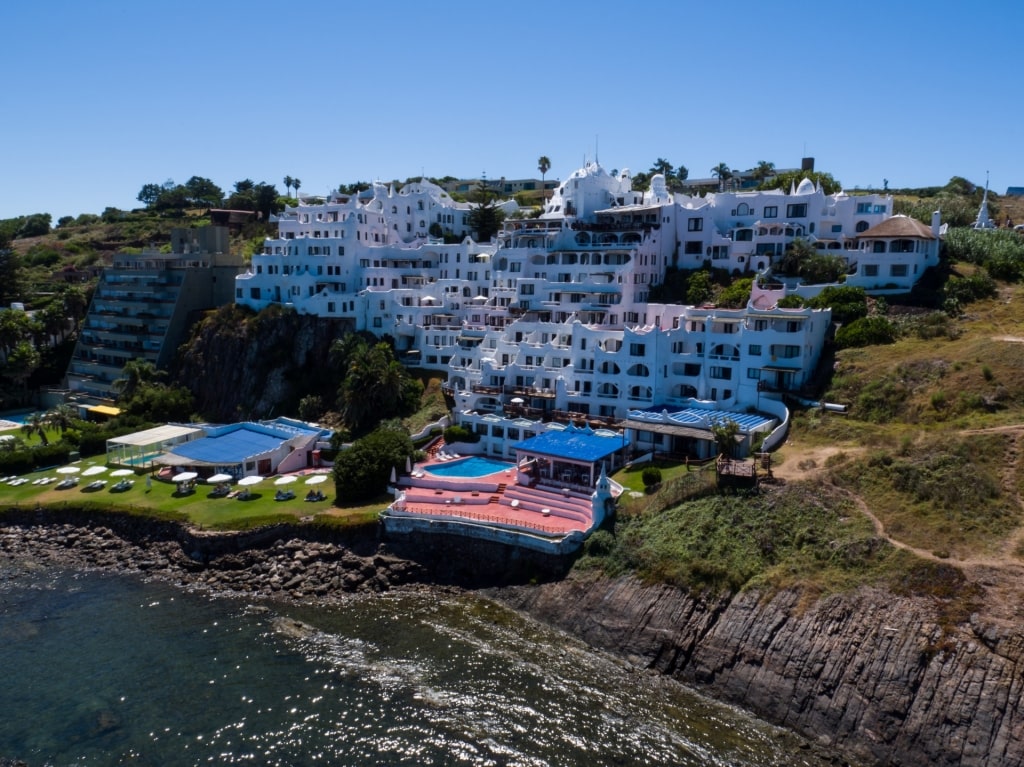
Casapueblo
Artist Carlos Páez Vilaró built this amazing building as his summer home and workshop.
With 13 floors and a maze of rooms and terraces, this South American landmark is more like a small Greek village than a house.
Now part hotel, part museum, it is at Punta Ballena, eight miles from Punta del Este. The point itself, popular with hang gliders and for its beach, is a good place to watch the sunset.
Contemplate the Ralli Museum
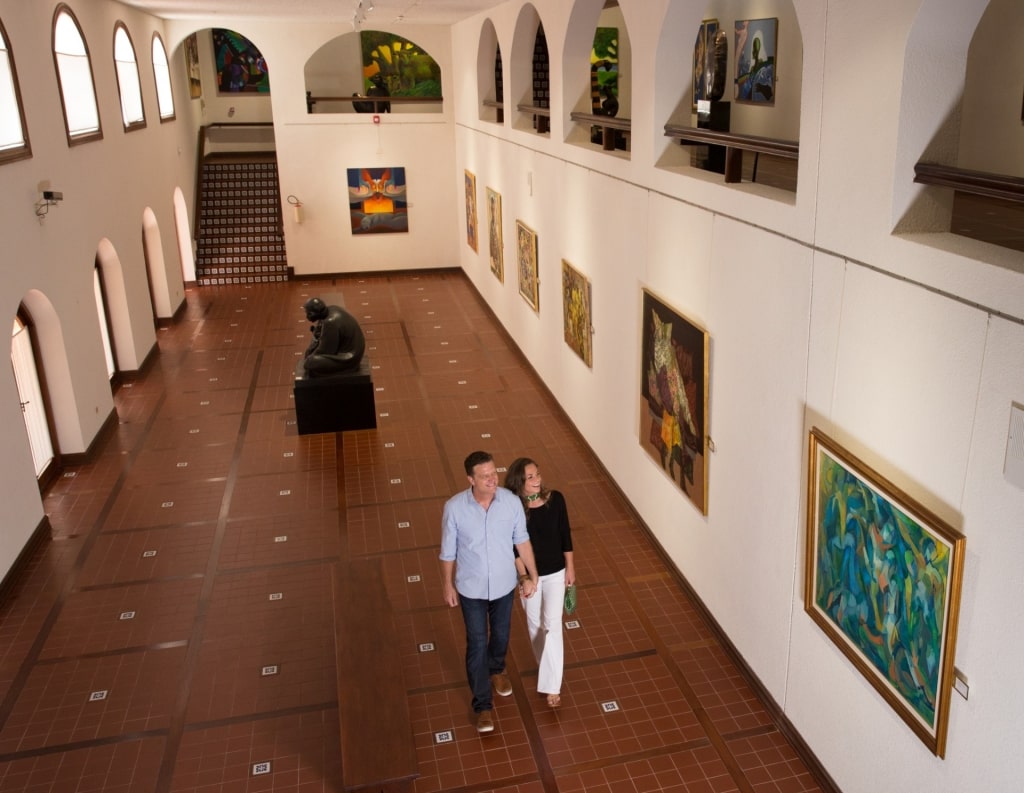
Ralli Museum
As well as an unrivaled collection of Latin American contemporary art, this museum has works by artists such as Dali and Chagall. It’s well worth your time to explore the beautiful space and its equally lovely sculpture garden.
Admire MACA
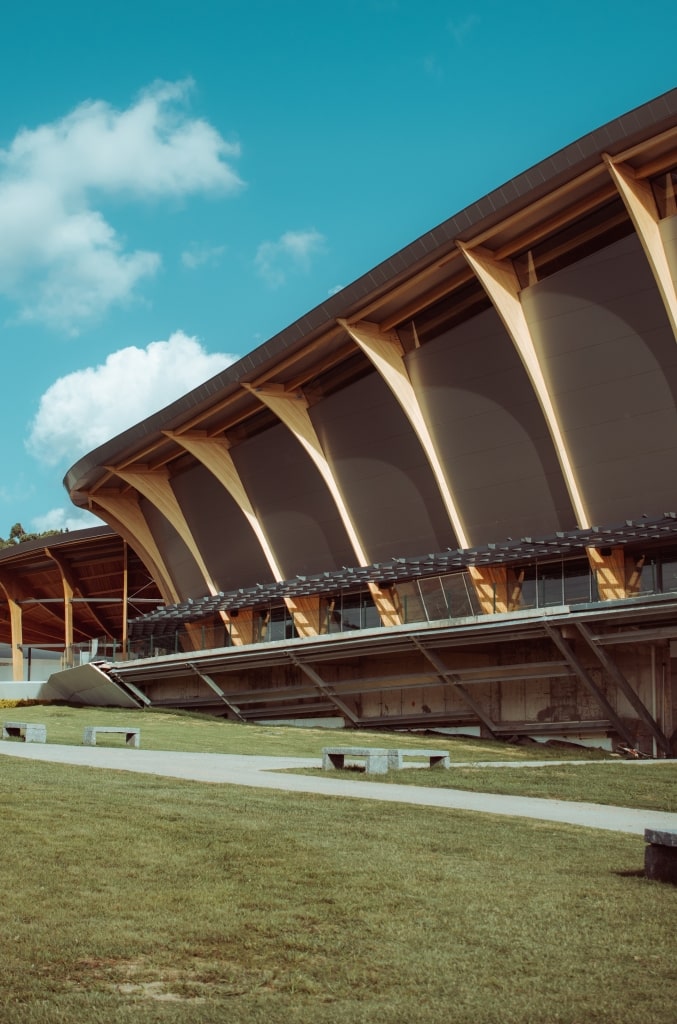
Atchugarry Contemporary Art Museum
Often likened to Henry Moore for his abstract and sensual marble sculptures, Pablo Atchugarry is now a world-renowned Uruguayan. MACA, the Atchugarry Contemporary Art Museum, is a striking boat-like gallery and a work of art in itself.
It showcases Uruguayan and Latin American sculpture, including his own. As with the Ralli Museum, leave time to explore the restful sculpture garden.
Shop Along Avenida Gorlero
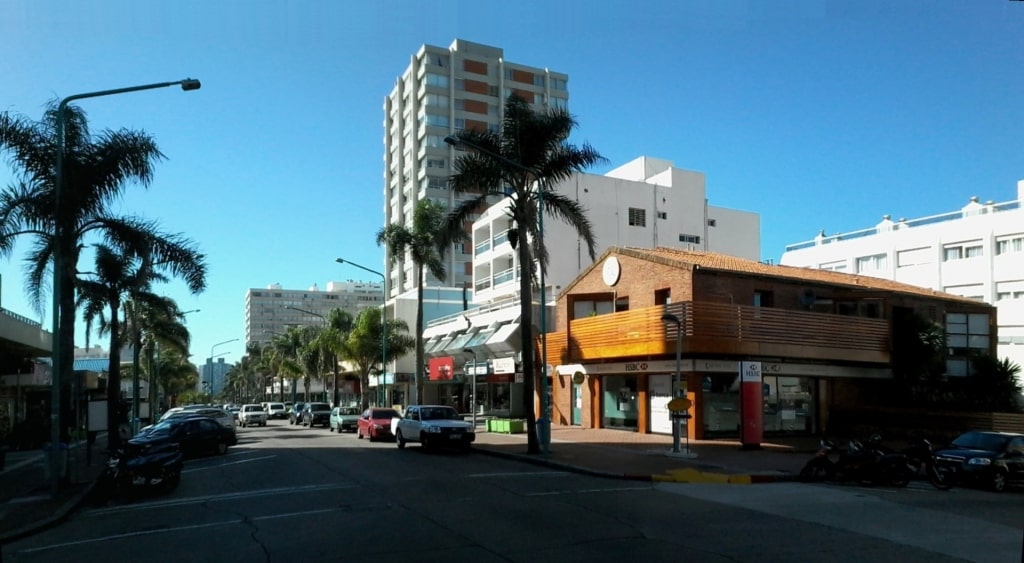
Avenida Gorlero Photo by Babels on Wikimedia Commons, licensed under CC BY-SA 4.0
Punta del Este’s main street is Avenida Gorlero. Along with Calle 20, it forms an area known as “Little Paris” for its stylish shopping.
As well as familiar international brands, you will also find high Uruguayan labels. This is the place to look for local crafts such as leather goods or Merino wool clothing.
The avenue ends in an excellent artisanal market, full of handmade goods such as wood carvings and paintings. There is also no shortage of good restaurants and cafés around the area when you need a break.
Tour a Vineyard or Olive Oil Plantation
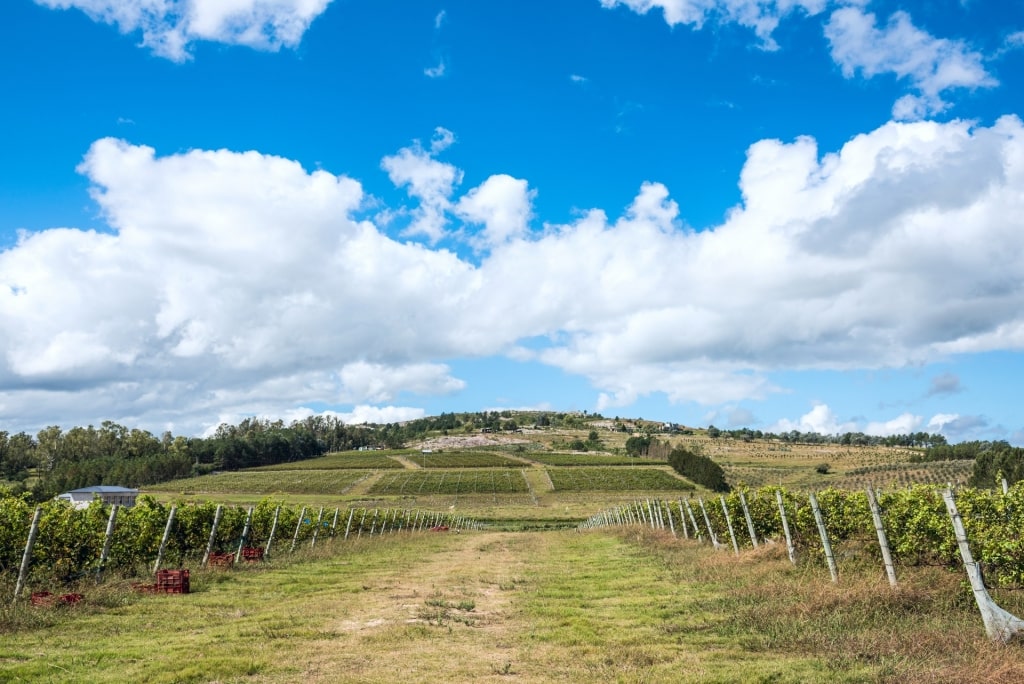
Vineyard near Punta del Este
Uruguay’s Mediterranean-style climate is perfect for growing olive trees as well as its more famous wine. The product is easily exported to the United States and Canada and the sector is growing fast.
Local oils regularly win international awards and you might be surprised by the quality. On a tour, often combined into a vineyard tour, you’ll see the plantations and taste the output.
Photograph a Lighthouse
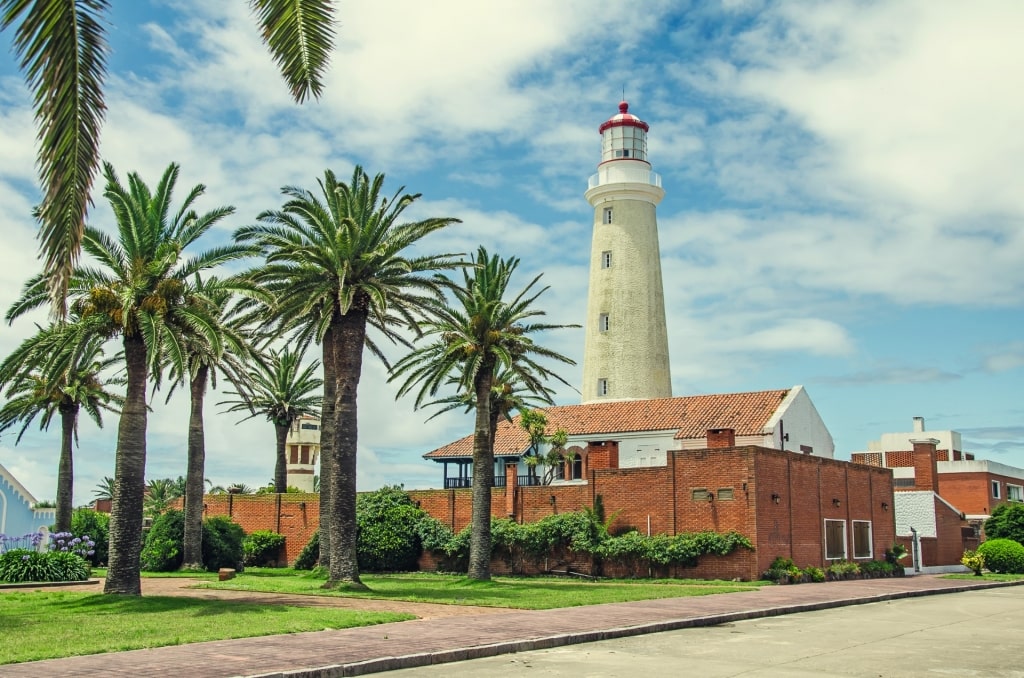
Punta del Este Lighthouse
Are you really on vacation if you don’t photograph a lighthouse? Fortunately, Punta del Este has a terrific one at its heart. It has stood here since 1870, and even has red and white stripes, albeit only at the top.
Food & Drink
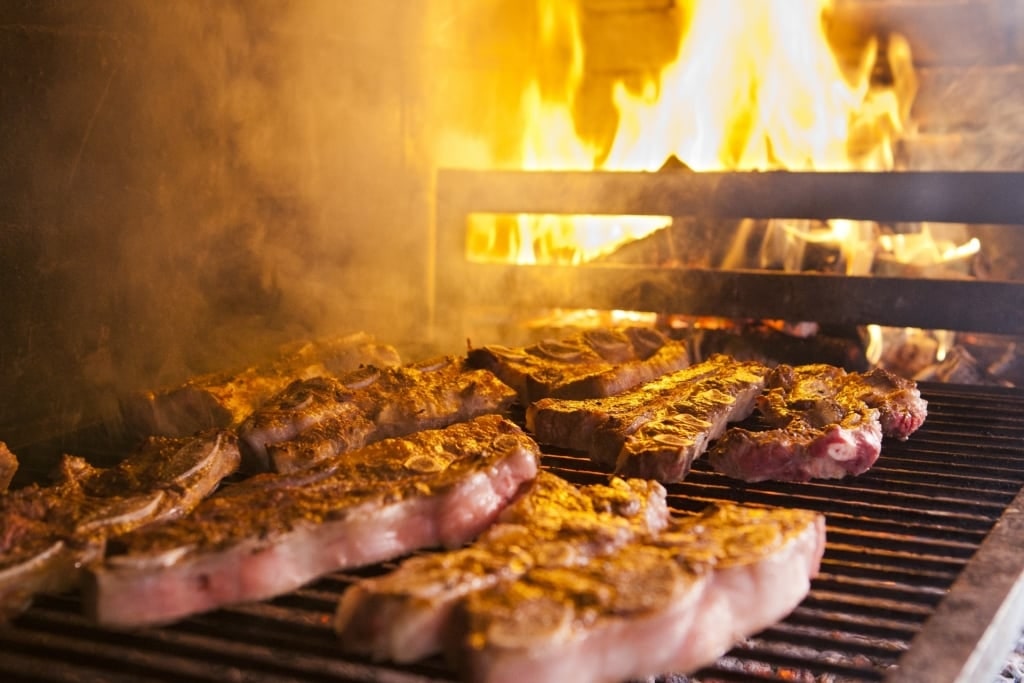
Parilla
It’s impossible to think of Uruguay without steak coming to mind. In a country with three times more cows than people, meat-eating is practically a religion.
An asado or open-air BBQ, known as a parilla indoors, is a must-do in Uruguay. Like a barbeque, an “asado” is also the social event that surrounds the meal and is as important as the food itself.
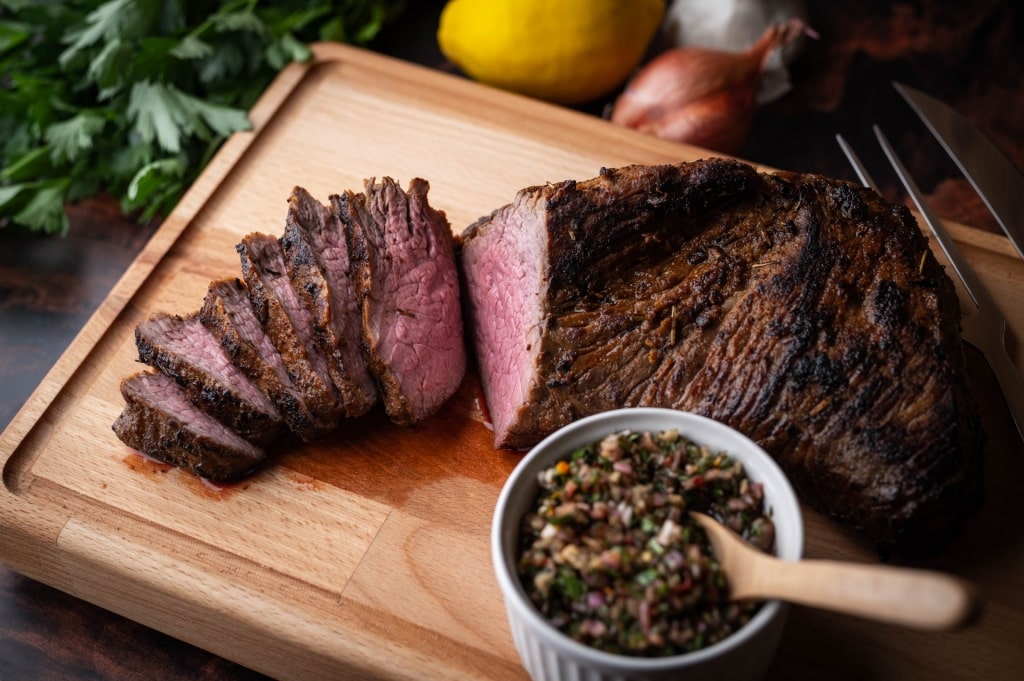
Asado with chimichurri sauce
The grass-fed, hormone-free steak, grilled on wood (never charcoal here) is certainly a delight. Unless you’re vegetarian, of course, but you can still rely on the warm hospitality of the Uruguayans to make sure you don’t go hungry.
Seasoned only with salt, the meat is served with chimichurri sauce. Every cook has their “secret” recipe for this, which is a mix of herbs, garlic, pepper, oil, and vinegar.

Chivito
You may want to try a chivito, a large bread roll with a filling of beef, bacon, tomato, cheese and fried egg. Made famous by the late Anthony Bourdain, it’s the national sandwich of Uruguay.
Vegetarians (and vegans) will find plenty of other Uruguayan food options among Punta del Este’s many fine restaurants. You face a choice that covers everything from French and Italian to Peruvian and Japanese cuisine.
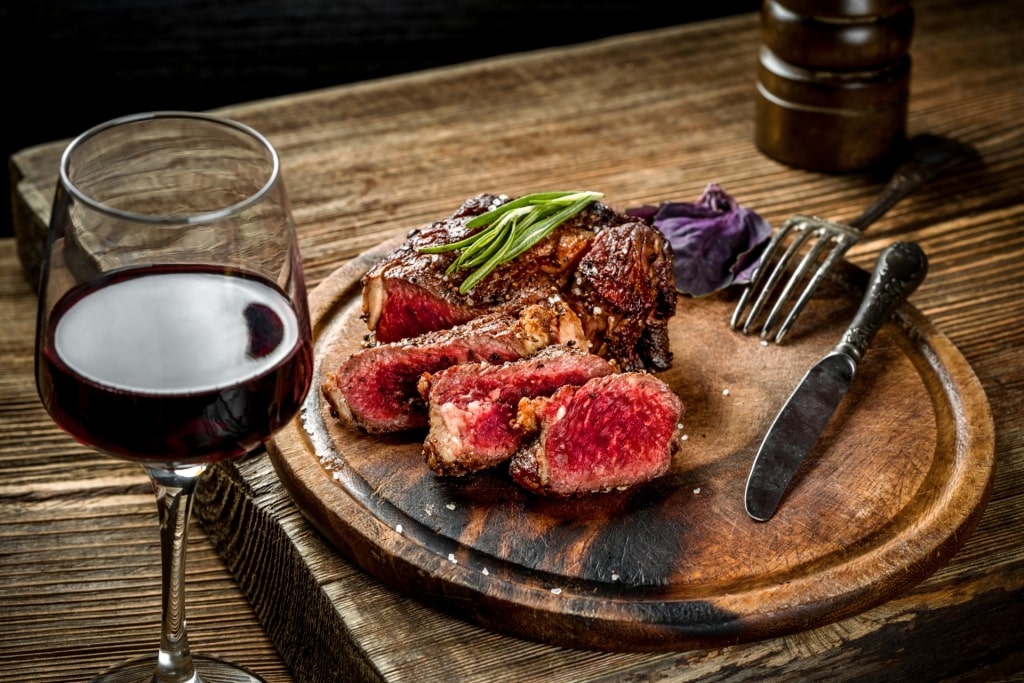
Steak with red wine
With steak, you will want a good red wine. Uruguay is noted for the tannat variety, which is well suited to the climate. For whites, try viognier as an alternative to the usual chardonnay and sauvignon blanc.
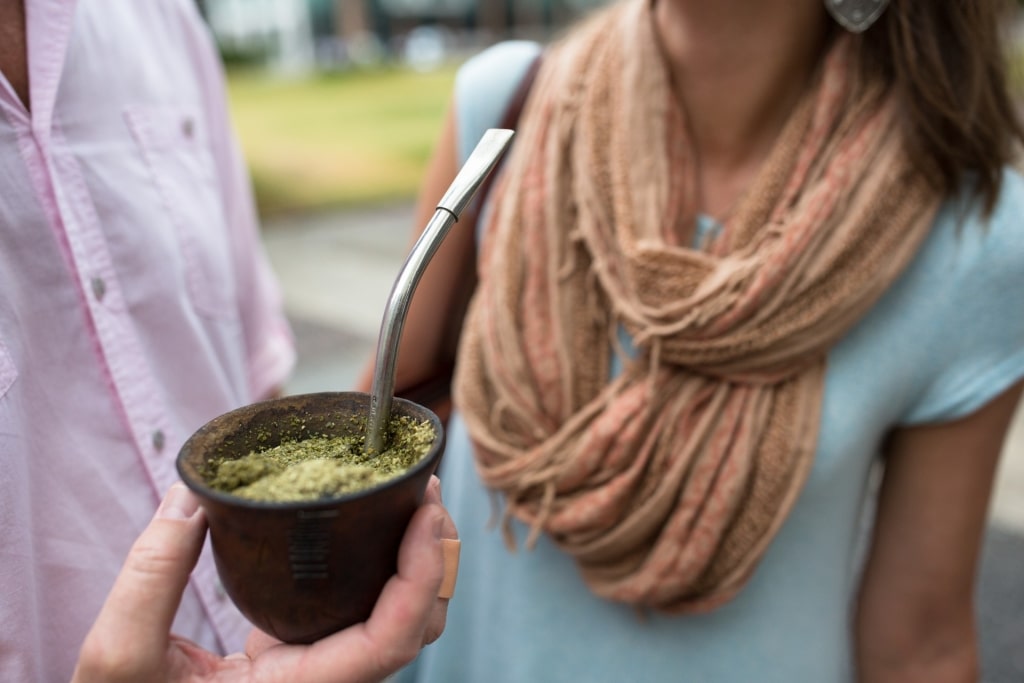
Maté
A drink as popular as the local wines and beers is maté. This herbal yerba tea is brewed strong in an open gourd, traditionally leather, often decorated in silver.
The brew is topped up regularly with hot water from a vacuum flask and drunk through a metal straw. The maté cups make great souvenirs and you might even get the taste for this refreshing drink on a hot day.

Dulce de leche
With its many cows and history of Italian immigration, it’s no surprise that ice cream is also big in Uruguay. It comes in many flavors, but don’t miss it with dulce de leche, the local addictive soft caramel.
Best Time to Visit Punta del Este
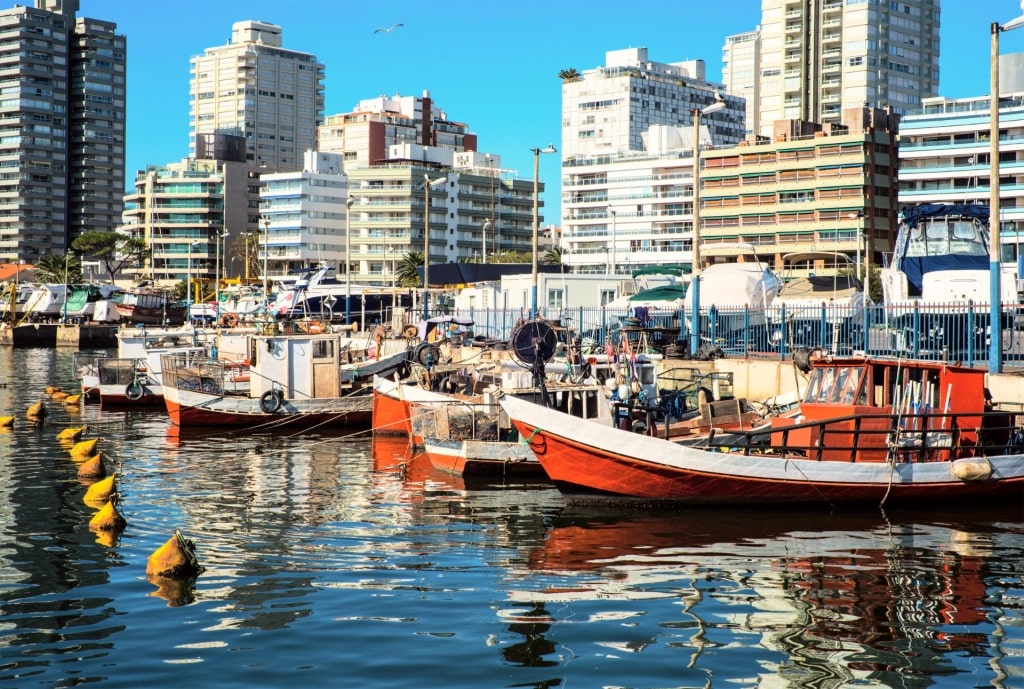
Punta del Este
Uruguay has a subtropical Mediterranean climate, with hot summers and mild winters. Being south of the equator, summer is from December to March and winter is from June to August.
One difference is that the Atlantic Ocean brings more variety than you might see in the Mediterranean. Rain can fall at any time of the year, with sudden and picturesque thunderstorms.
It can be very hot in the middle of the day in summer, so that’s a good time to visit a museum, go shopping or enjoy a leisurely lunch. Days start to cool in March, a perfect time to visit as the town starts to quieten down, but a wide hat is still worth packing.
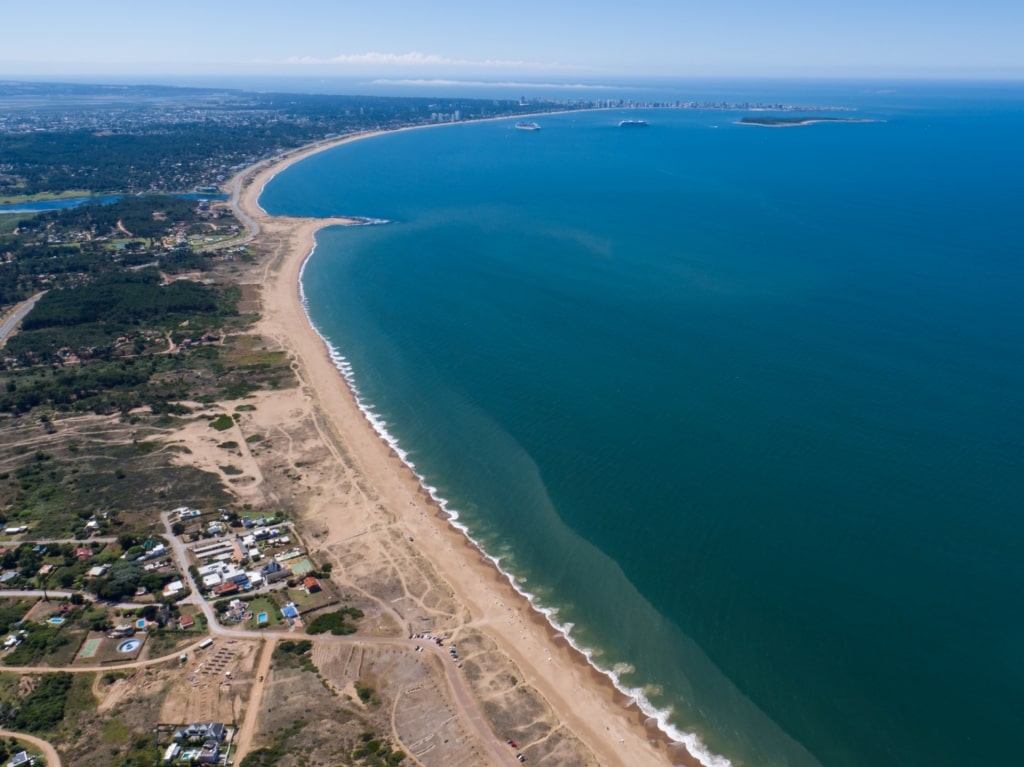
Punta del Este
Inspired to see Punta del Este for yourself? Browse our cruises to Punta del Este for a wide choice of cruises to Uruguay and beyond.
